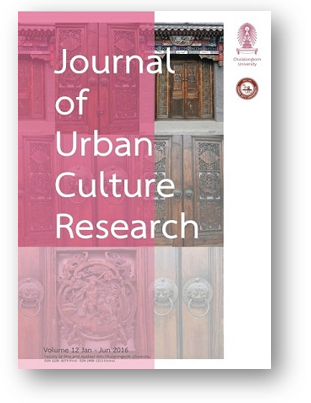Are the Processes of Mold Making and Casting Important to Model Sculpture?
DOI:
https://doi.org/10.14456/jucr.2016.7Keywords:
Mold Making, Casting, Model SculptureAbstract
The purpose of this research is to study whether the process of mold making and casting are important to model sculpture or not. The results will be used to improve and develop the curricula in Sculpture of Poh-Chang Academy of Arts, Rajamangala Rattanakosin Technology University as well as be disseminated to institutes where Sculpture is taught. The instrument used in data gathering is a questionnaire which comes in two parts; the first part is the interview of sculptural experts for their personal data and the second part asks for opinions of 35 experts in sculpture and sculptural teaching and 35 artists, sculptors, and modelers who do independent jobs in sculptural art. It is found from the research that 77.4 percent of the answerers strongly agree that a good sculptor or modeler should be able to make mold and cast of a sculpture. All agree that the processes of mold making and casting enable the sculptors to control their performances giving their works exquisiteness as well as matching in detail their prototype. If sculptors can mold and cast themselves, they will be able to save time and cost in hiring mold maker and caster to do the jobs for them. Moreover, sculptors are the ones who know well their own works including casting, parts assembling, and texture finishing. Similarly, 70 per cent of the respondents agree that the processes of mold making and casting are most important to sculptural work. The good processes of molding and casting produce sculptural works that match the prototypes, helping to save time and cost, and reduce problems and errors in the completed works. 82.26 per cent also agrees to the highest level that students majoring in Sculpture should be taught and trained in the processes of mold making and casting, all with the similar reason that the knowledge is very useful for their future works.
Downloads
Published
How to Cite
Issue
Section
License
Authors authorize the JUCR to publish their materials both in print and online while retaining their full individual copyright. The copyright of JUCR volumes is retained by Chulalongkorn University.
The views and opinions expressed herein are those of the individual author(s) and do not necessarily reflect the policies or opinions of the Journal (JUCR), it editors and staff, Chulalongkorn University, or Osaka Metropolitan University.








